BEST SCOTCH WHISKEY
There are two basic types of the Best Scotch Whiskey, from which all blends are made:
- Single malt Scotch must be made from a mash or malted barley and distilled at a single distillery using a pot still distillation process.
- Single grain Scotch
- made from a mash of malted barley
- whiskey is a Scotch whiskey distilled at a single distillery
- made from a mash of malted barley
- “Single grain” refers to the fact that this is made in a single distillery and does not mean that only a single type of grain was used to produce the whiskey. Making a single grain requires using a mixture of grains such as barley and some malted barley as must be used in all Scotch whisky.
Excluded from the definition of “single grain Scotch whiskey” is any spirit that qualifies as a single malt Scotch whiskey or as a blended Scotch whiskey. The latter exclusion is to ensure that a blended Scotch whisky produced from single malt(s) and single grain(s) distilled at the same distillery does not also qualify as single grain Scotch whiskey.
Nearly 90% of the bottles of Scotch sold per year are blended whiskies. Three types of blends are defined for Scotch whiskey:
- Blended malt Scotch whiskey means a blend of two or more single malt Scotch whiskies from different distilleries.
- Blended grain Scotch whiskey means a blend of two or more single grain Scotch whiskies from different distilleries.
- Blended Scotch whiskey means a blend of one or more single malt Scotch whiskies with one or more single grain Scotch whiskies.
The five Scotch whiskey definitions are structured in such a way that the categories are mutually exclusive. The 2009 regulations changed the formal definition of blended Scotch whiskey to achieve this result, but in a way that reflected traditional and current practice: before the 2009 SWR, any combination of Scotch whiskies qualified as a blended Scotch whiskey, including for example a blend of single malt Scotch whiskies.
As was the case under the Scotch Whiskey Act 1988, regulation 5 of the SWR 2009 stipulates that the only whiskey that may be manufactured in Scotland is Scotch whiskey. The definition of manufacture is “keeping for the purpose of maturation; and keeping, or using, for the purpose of blending, except for domestic blending for domestic consumption”. This provision prevents the existence of two “grades” of whiskey originating from Scotland, one “Scotch whiskey” and the other, a “whiskey – product of Scotland” that complies with the generic EU standard for whiskey. According to the Scotch Whiskey Association, allowing non-Scotch whiskey production in Scotland would make it difficult to protect Scotch whiskey as a distinctive product.
The SWR regulation also states that no additives may be used except for plain (E150A) caramel colouring.[56]
Single malt
To qualify for this category the Scotch whiskey must be made in one distillery, in a pot still by batch distillation, using only water and malted barley. As with any other Scotch whisky, the Scotch Whisky Regulations of 2009 also require single malt Scotch to be made completely and bottled in Scotland and aged for at least three years. Most are aged longer and received 4-5 years.
Another term is sometimes seen, called “double wood” or “triple wood”, sometimes incorrectly referred to as “double malt” or “triple malt”. These indicate that the whisky was aged in two or three types of casks. Hence, if the whisky otherwise meets the criteria of a single malt, it still falls into the single malt category even if more than one type of cask was used for ageing.
Another nuance is that Lowland Scotch malts used a triple distillation just like the Irish do, breaking away from the general rule that all Scotch is double distilled.
Single grain
Single grain whisky is made with water and a malted barley but the distillery then adds other grains or cereals, wheat, corn or rye, for example. From that moment on, it can no longer be called single malt. This type of product must be from a single distillery and is often used in making blended Scotch.
Blended malt
Blended malt whisky—is one of the least common types of Scotch: a blend of single malts from more than one distillery.
Blended malts contain only single malt whiskies from two or more distilleries. This type must contain no grain whiskies and is distinguished by the absence of the word “single” on the bottle. The age of the vat is that of the youngest of the original ingredients.
Blended
Blended Scotch whisky constitutes about 90% of the whisky produced in Scotland. Blended Scotch whiskies contain both malt whisky and grain whisky. Producers combine the various malts and grain whiskies to produce a consistent brand style. Notable blended Scotch whisky brands include Johnnie Walker, Chivas Regal, Bell’s Ballantine’s, Cutty Sark, Bell’s, Chivas Regal, Cutty Sark, Dewar’s, and J&B.
The term blended grain Scotch refers to whisky that contains at least two single grain Scotch whiskies from at least two distilleries, combined to create one batch of the product.
Scotland treasures its best Scotch Whisky and the Scottish government has established several regulations. Each of the roughly 100 distilleries in Scotland must adhere to the rules of the Scotch Whisky Association. These rules include and indicate:
- The entire production process must occur within Scotland.
- The product must be aged for at least three years and one day.
- The product must be a minimum of 80 proof.
Many scotches use barley that has been dried using peat smoke, giving the whisky a natural finish. While most scotch whisky is aged in used bourbon barrels, some distillers use old sherry, wine or rum barrels for flavoring.Scotch whisky is crafted in six distinct regions, with each incorporating its own characteristics.
- Highlands — light-bodied with a dry finish and a slight note of saltiness
- Speyside — sweet with some note of smoke
- Islands — soft and sweet in its peatines
- Islay — Peaty and smoky as well as the strongest of all
- Lowlands — A mellow dry Scotch
- Campbeltown — A full-bodied Scotch
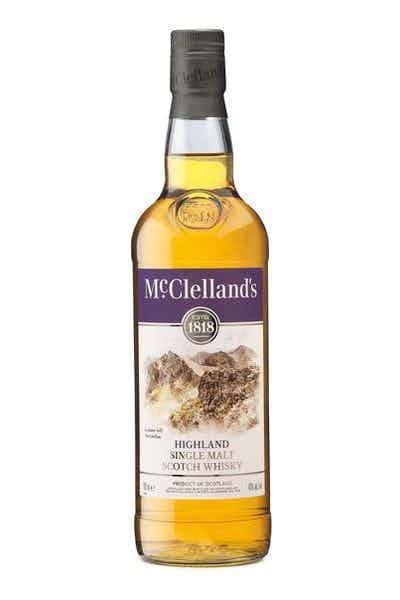
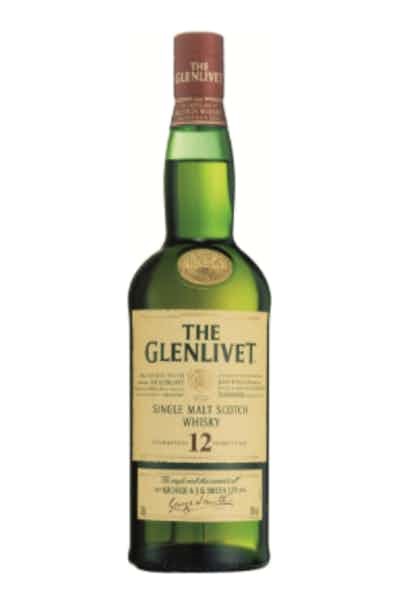

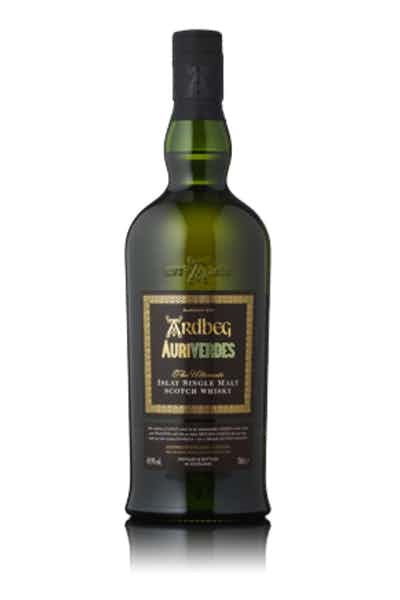
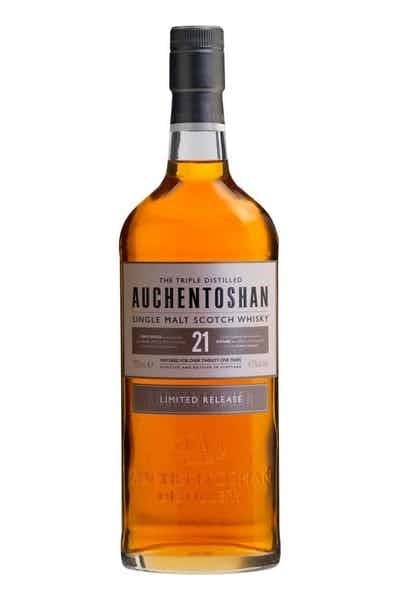
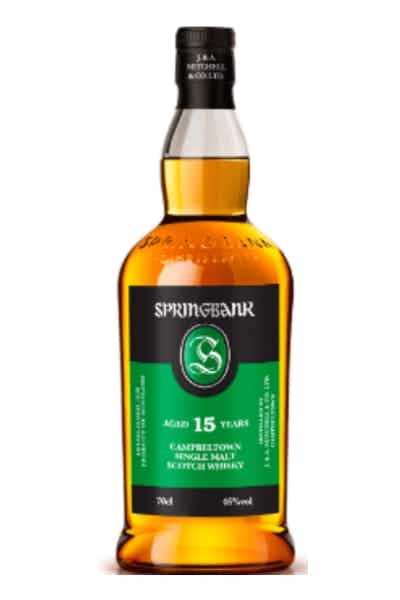
Scotch comes in two varieties; single malt and blends. Single malts are made from 100-percent barley at one distillery. Blended scotch combines single malts from multiple distilleries and also incorporating an aged grain whisky to creating a new unique Scotch.
Scotch purist consider it to be best consumed straight up, but many enjoy Scotch on the rocks or Scotch and water. Adding a little water actually opens up some flavors and aromas.
Please sign up for our email list below to get the latest information on our latest product descriptions, upcoming sales and special offers. We have some of the best offers in the business so please keep updated and have all questions answered in our COMMONWEALTH NEWS
Check out some great selection of the Best Scotch Whisky from, or course, Scotland or go to our main site for a complete selection of best Scotch Whisky as well as all our fine beverages.
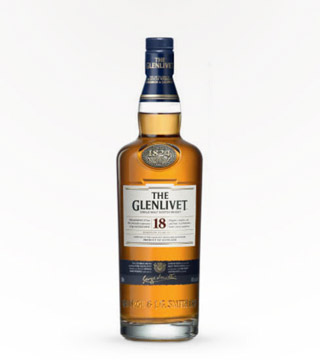 Glenlivet 18 Year Single Malt Scotch
Glenlivet 18 Year Single Malt Scotch
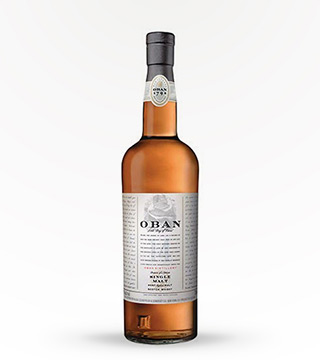 Oban 14 Single Malt, 14 Year
Oban 14 Single Malt, 14 Year
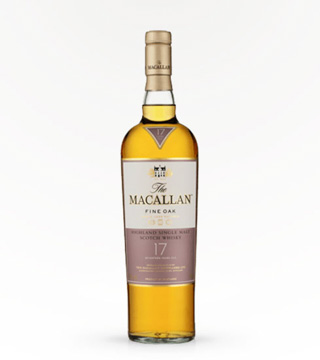 Macallan 17 Yr Fine Oak Single Malt Scotch
Macallan 17 Yr Fine Oak Single Malt Scotch
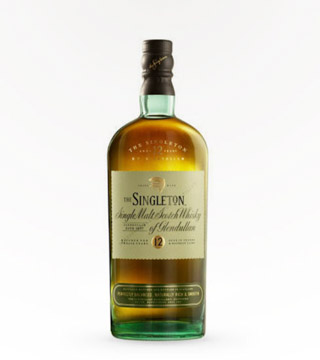 Singleton Glendullan 12 Year Single Malt Scotch
Singleton Glendullan 12 Year Single Malt Scotch
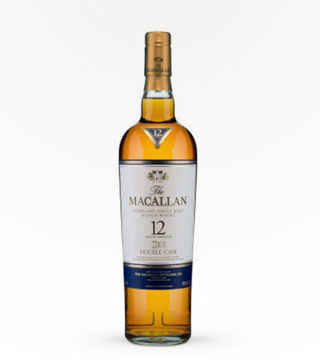 Macallan Double Cask 12 Year Single Malt Scotch
Macallan Double Cask 12 Year Single Malt Scotch
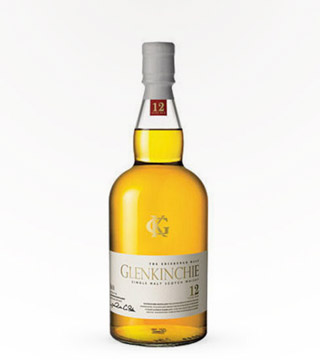 Glenkinchie Scotch 12 Year Single Malt Scotch
Glenkinchie Scotch 12 Year Single Malt Scotch
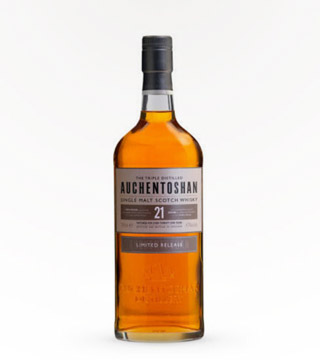 Auchentoshan 21 Year Single Malt Scotch
Auchentoshan 21 Year Single Malt Scotch
 Ballantine’s 17 Year Single Malt Scotch
Ballantine’s 17 Year Single Malt Scotch
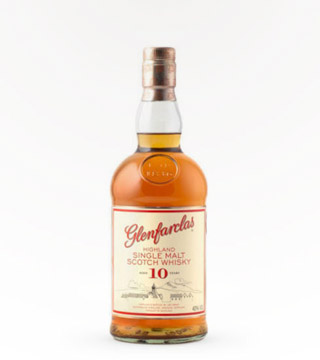 Glenfarclas Scotch 10 Year Single Malt Scotch
Glenfarclas Scotch 10 Year Single Malt Scotch
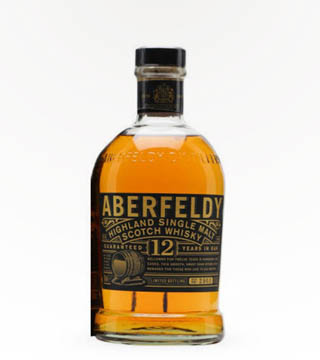 Aberfeldy 12 Year Single Malt Scotch
Aberfeldy 12 Year Single Malt Scotch
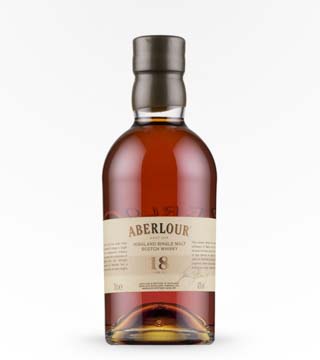 Aberlour 18 Year Single Malt Scotch
Aberlour 18 Year Single Malt Scotch
 Highland Park 18 Single Malt 18 Year
Highland Park 18 Single Malt 18 Year
 Glenmorangie Single Malt Scotch
Glenmorangie Single Malt Scotch
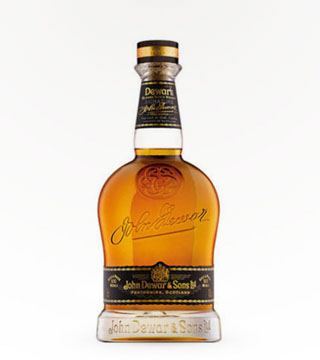 Dewars Signature Blended Scotch
Dewars Signature Blended Scotch
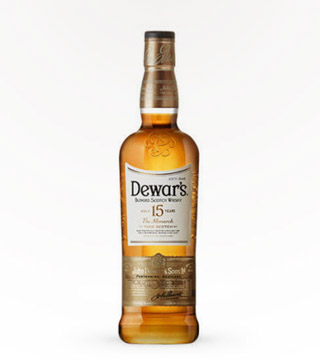 Dewar’s 15 Year Blended Scotch
Dewar’s 15 Year Blended Scotch
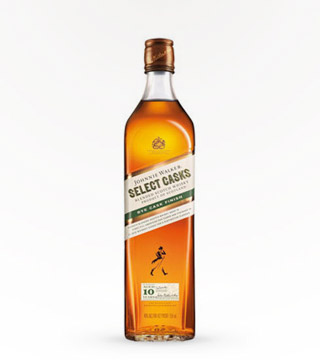 Johnnie Walker Rye Cask Finish Blended Scotch Whiskey
Johnnie Walker Rye Cask Finish Blended Scotch Whiskey
 Buchanan’s Master Blended Scotch
Buchanan’s Master Blended Scotch
 Compass Box Peat Monster Blended Malt Scotch
Compass Box Peat Monster Blended Malt Scotch
 Johnnie Walker Swing Blended Scotch Whiskey
Johnnie Walker Swing Blended Scotch Whiskey
 Bank Note 5 Year Blended Scotch
Bank Note 5 Year Blended Scotch
 Great Kind Street Artists Blended Scotch
Great Kind Street Artists Blended Scotch
 Black Bottle Blended Scotch
Black Bottle Blended Scotch
 Cragganmore Distillers Edition Single Malt Scotch
Cragganmore Distillers Edition Single Malt Scotch
 Glengoyne Single Malt 21 Year Single Malt Scotch
Glengoyne Single Malt 21 Year Single Malt Scotch
 Aberfeldy 21 Year Single Malt Scotch
Aberfeldy 21 Year Single Malt Scotch
 Baileys Irish Cream Almande Liqueur
Baileys Irish Cream Almande Liqueur Grand Marnier Orange Liqueur
Grand Marnier Orange Liqueur Disaronno Italian Liqueur
Disaronno Italian Liqueur Baileys Irish Cream Liqueur
Baileys Irish Cream Liqueur Romana Sambuca Liquore Classico
Romana Sambuca Liquore Classico Grand Marnier 100 year
Grand Marnier 100 year Damiana Guaycura Liqueur
Damiana Guaycura Liqueur Cinnabon Cream Liqueur
Cinnabon Cream Liqueur Absinthe Ordinaire Herbal Liqueur
Absinthe Ordinaire Herbal Liqueur Chambord Raspberry Liqueur
Chambord Raspberry Liqueur Dekuyper Triple Sec
Dekuyper Triple Sec Bols Amaretto Liqueur
Bols Amaretto Liqueur DeKuyper Creme De Menthe
DeKuyper Creme De Menthe 99 Bananas Schnapps Liqueur
99 Bananas Schnapps Liqueur Kahlua Coffee Liqueur
Kahlua Coffee Liqueur Ouzo #12 Specialty Liqueur
Ouzo #12 Specialty Liqueur Grand Marnier Titanium Fruit
Grand Marnier Titanium Fruit Soho Lychee Liqueur
Soho Lychee Liqueur Gifard Pamplemousse Rose Specialty Liqueur
Gifard Pamplemousse Rose Specialty Liqueur Blue Chair Bay Coconut Spiced Cream Rum
Blue Chair Bay Coconut Spiced Cream Rum Campari Liqueur
Campari Liqueur Berentzen Apfelkorn Apple Schnapps
Berentzen Apfelkorn Apple Schnapps Slow & Low’s Rock and Rye Specialty Liqueur
Slow & Low’s Rock and Rye Specialty Liqueur Godiva White Chocolate Liqueur
Godiva White Chocolate Liqueur Marie Brizzard Parfait Amour Liqueur
Marie Brizzard Parfait Amour Liqueur Pimm’s English Liqueur
Pimm’s English Liqueur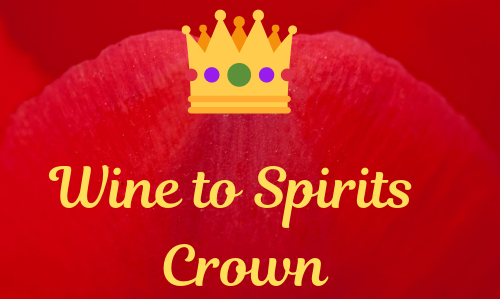
 Xante Pear Brandy Liqueur Armag
Xante Pear Brandy Liqueur Armag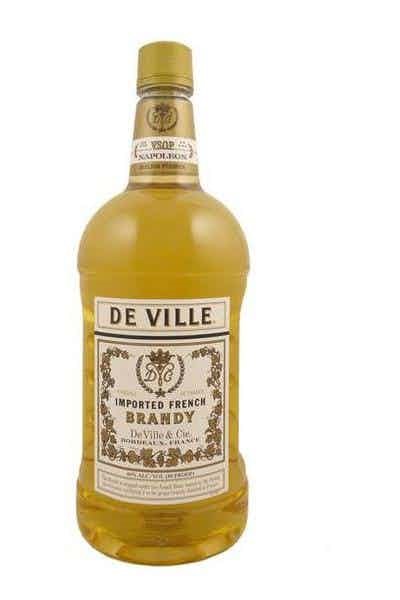 De Ville Imported French Brandy 750ml
De Ville Imported French Brandy 750ml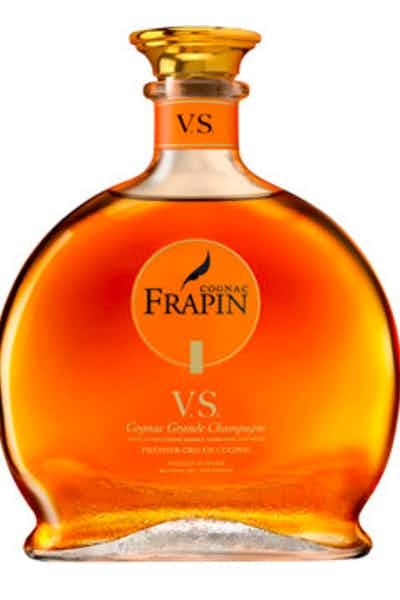 Frapin Cognac 750ml
Frapin Cognac 750ml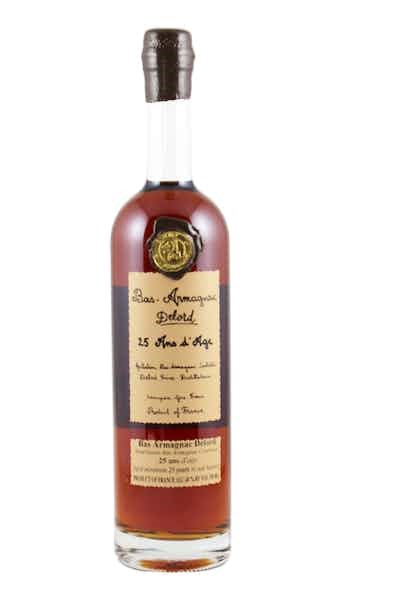 Bas Armagnac Delord 750ml
Bas Armagnac Delord 750ml Hartly Brandy 80 750ml
Hartly Brandy 80 750ml E&J Brandy Apple 750ml
E&J Brandy Apple 750ml Deschutes Abyss Brandy Russian Imperial Stout 22oz
Deschutes Abyss Brandy Russian Imperial Stout 22oz Domecq Azteca De Oro Brandy 750ml
Domecq Azteca De Oro Brandy 750ml E&J VSOP Brandy 750ml
E&J VSOP Brandy 750ml Christian Brothers Brandy 750ml
Christian Brothers Brandy 750ml Lairds Apple Jack Brandy 750ml
Lairds Apple Jack Brandy 750ml Monteru Cabernet Eau De Vie Brandy 750ml
Monteru Cabernet Eau De Vie Brandy 750ml Pisco Porton Brandy 750ml
Pisco Porton Brandy 750ml Cardenal Mendoza Brandy De Jerez 750ml
Cardenal Mendoza Brandy De Jerez 750ml Metaxa Greek Liqueur 7 Star Brandy 750ml
Metaxa Greek Liqueur 7 Star Brandy 750ml Kammer Pear Williams Brandy 750ml
Kammer Pear Williams Brandy 750ml German-Robin XO Brandy 750ml
German-Robin XO Brandy 750ml Remy Martin 1738 Royale Cognac 375ml
Remy Martin 1738 Royale Cognac 375ml Marolo Mila Camomile Grappa Brandy 375ml
Marolo Mila Camomile Grappa Brandy 375ml Comandon XO Cognac 750ml
Comandon XO Cognac 750ml Christian Brothers Honey Brandy 750ml
Christian Brothers Honey Brandy 750ml Margaritaville Gold Tequila
Margaritaville Gold Tequila Patron Citronge Mango
Patron Citronge Mango Roca Patron Anejo
Roca Patron Anejo Don Julio Blanco Silver Tequila
Don Julio Blanco Silver Tequila Cazadores Reposado
Cazadores Reposado Nosotros Tequila Blanco
Nosotros Tequila Blanco Herradura Anejo
Herradura Anejo Zignum Silver Mezcal
Zignum Silver Mezcal Espolon Tequila Reposado
Espolon Tequila Reposado Don Julio 1942 Anejo Tequila
Don Julio 1942 Anejo Tequila Zignum Mezcal Anejo
Zignum Mezcal Anejo Casamigos Anejo
Casamigos Anejo Cazadores Blanco
Cazadores Blanco Don Julio Anejo Tequila
Don Julio Anejo Tequila Expolon Anejo
Expolon Anejo Milagro Silver
Milagro Silver 1800 Reposado Tequila
1800 Reposado Tequila 1800 Silver Tequila
1800 Silver Tequila Sauza 901 Silver Tequila
Sauza 901 Silver Tequila Corralejo Reposado Tequila
Corralejo Reposado Tequila El Jimador Reposado Tequila
El Jimador Reposado Tequila Xicaru Silver Mezcal
Xicaru Silver Mezcal Patron Reposado Tequila
Patron Reposado Tequila Xicaru Reposado Mezcal Tequila
Xicaru Reposado Mezcal Tequila Don Julio Real Anejo Tequila
Don Julio Real Anejo Tequila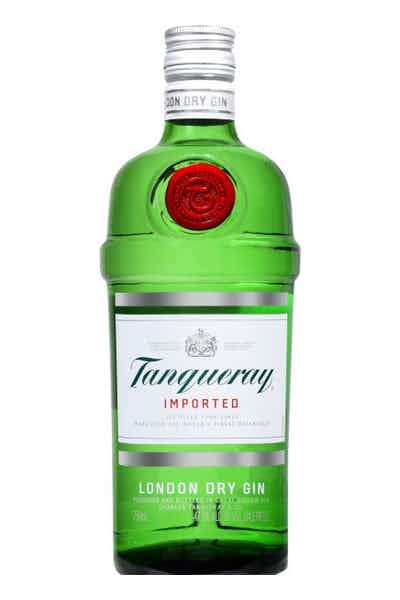 Tanqueray London Dry Gin
Tanqueray London Dry Gin Citadelle Gin de France
Citadelle Gin de France Plymouth English Gin
Plymouth English Gin Barr Hill Gin barrel-aged
Barr Hill Gin barrel-aged  Bombay Original Dry
Bombay Original Dry The Botanist Islay Dry Gin
The Botanist Islay Dry Gin Boodles Gin
Boodles Gin Hendrick’s Scottish Gin
Hendrick’s Scottish Gin St Geoge Terroir Gin
St Geoge Terroir Gin Farmers Botanical Gin
Farmers Botanical Gin Bombay Sapphire London Dry Gin
Bombay Sapphire London Dry Gin No 209 London Dry Gin
No 209 London Dry Gin Junipero Gin
Junipero Gin New Amsterdam Gin
New Amsterdam Gin Uncle Val’s California Botanical
Uncle Val’s California Botanical Cap Rock Orgainic Gin
Cap Rock Orgainic Gin Dry Fly Gin
Dry Fly Gin Fords Gin
Fords Gin Venus Blend 1
Venus Blend 1 Beefeater 24 Gin
Beefeater 24 Gin Oxley English Gin
Oxley English Gin Nolet Reserve Gin
Nolet Reserve Gin Venus Gin Blend #2
Venus Gin Blend #2 Bluecoat American Dry Gin
Bluecoat American Dry Gin Damrak Amsterdam Gin
Damrak Amsterdam Gin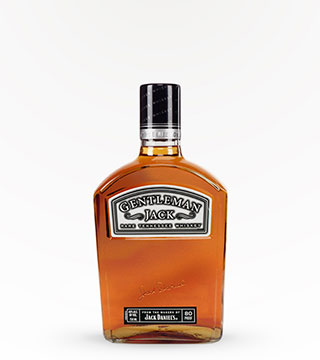
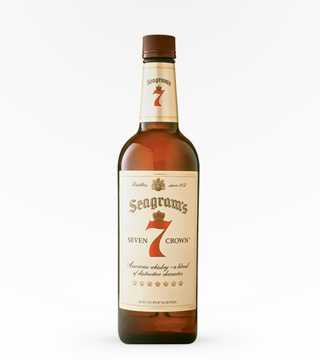 Seagrams 7 Blended Whiskey
Seagrams 7 Blended Whiskey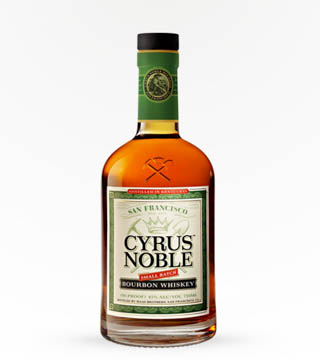 Cyrus Noble Small Batch Whiskey
Cyrus Noble Small Batch Whiskey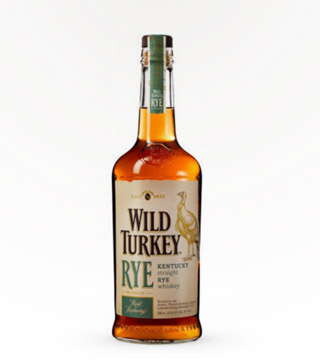 Wild Turkey 81 Rye Whiskey
Wild Turkey 81 Rye Whiskey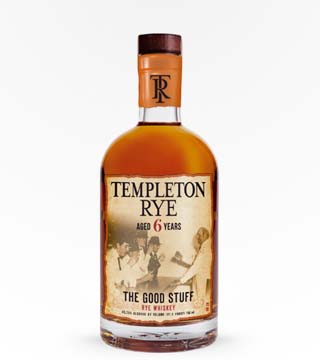
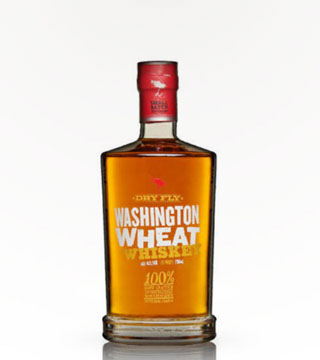 Dry Fly Wheat Whiskey
Dry Fly Wheat Whiskey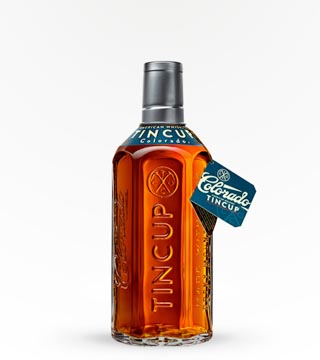 Tin Cup American Whiskey
Tin Cup American Whiskey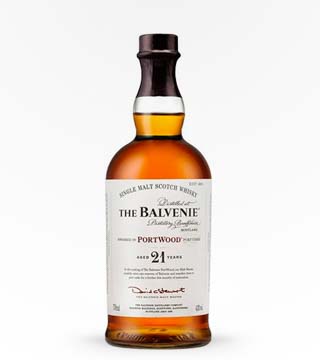 Balvenie 21 Year Portwood Single Malt
Balvenie 21 Year Portwood Single Malt Corsair Triple Smoke Small Batch Whiskey
Corsair Triple Smoke Small Batch Whiskey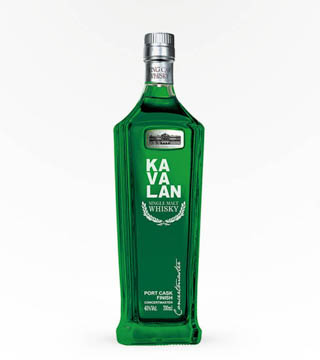
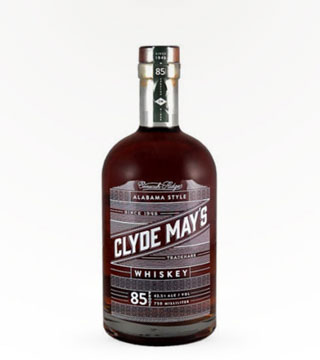 Clyde May’s Alabama Style Whiskey
Clyde May’s Alabama Style Whiskey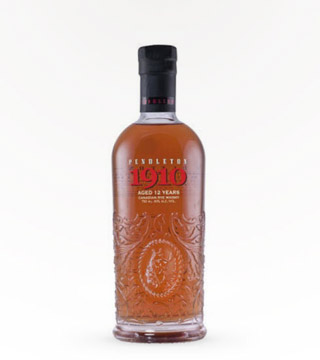 Pendleton 1910 12 Year Blended Whiskey
Pendleton 1910 12 Year Blended Whiskey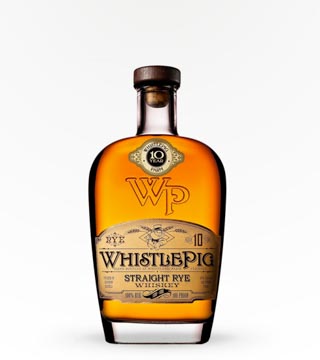 Whistle Pig 10 Year Straight Rye Whiskey
Whistle Pig 10 Year Straight Rye Whiskey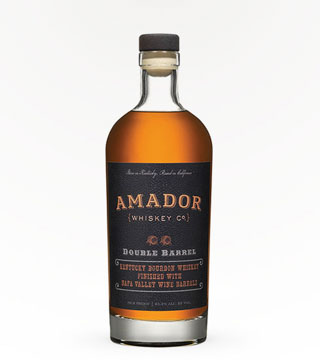 Amador Double Barrel Whiskey
Amador Double Barrel Whiskey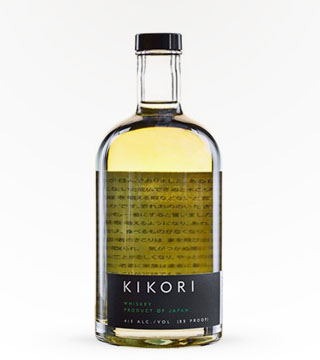 Kikori Blended Whiskey
Kikori Blended Whiskey Elmer T Lee Single Barrel Whiskey
Elmer T Lee Single Barrel Whiskey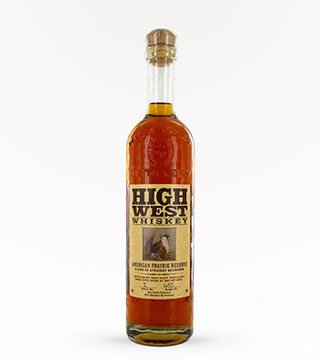 High west American Prairie Blended Bourbon Whiskey
High west American Prairie Blended Bourbon Whiskey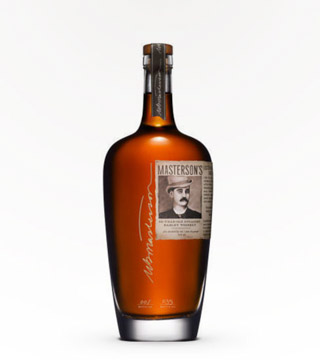 Mastersons 10 Year Old Barley Blended Bourbon
Mastersons 10 Year Old Barley Blended Bourbon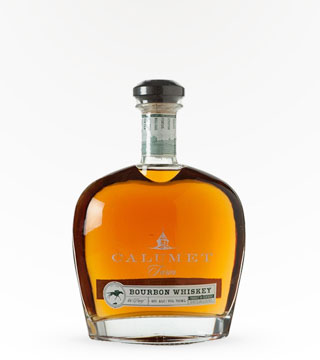 Calumet Farm Bourbon Whiskey
Calumet Farm Bourbon Whiskey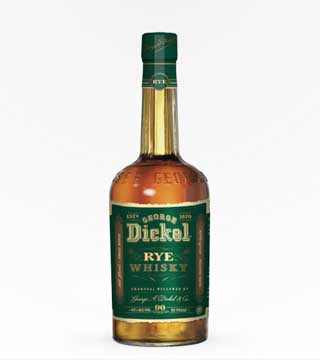 George Dickel Rye Whiskey
George Dickel Rye Whiskey Fireball Cinnamon Whiskey
Fireball Cinnamon Whiskey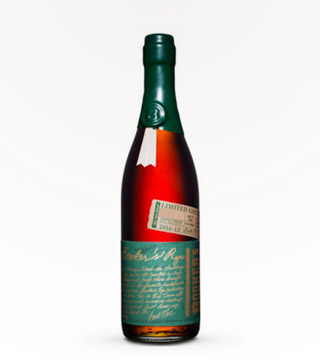 Bookers Rye Big Time Batch Rye
Bookers Rye Big Time Batch Rye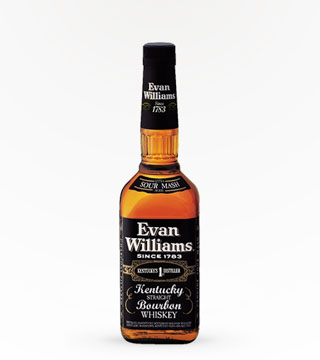 Evan Williams Kentucky Straight Bourbon
Evan Williams Kentucky Straight Bourbon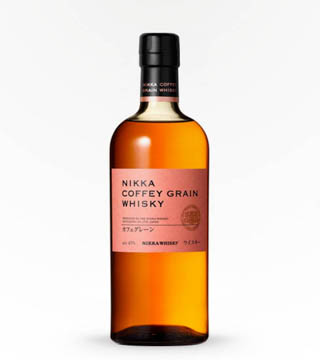 Nikka Coffey Grain Whiskey
Nikka Coffey Grain Whiskey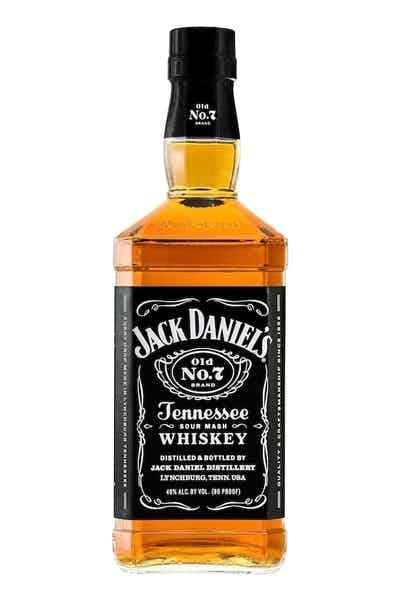 Jack Daniel’s Tennessee Whiskey
Jack Daniel’s Tennessee Whiskey Bulleit Rye Whiskey
Bulleit Rye Whiskey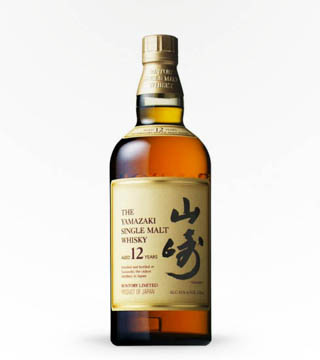 Yamazaki 12 Year Single Malt Whiskey
Yamazaki 12 Year Single Malt Whiskey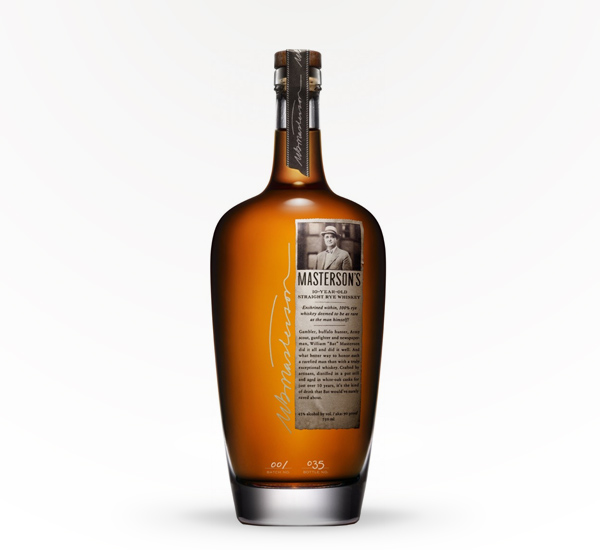 Masterson’s 10 Year Straight Rye Whiskey
Masterson’s 10 Year Straight Rye Whiskey Bear Creek Wheat Whiskey
Bear Creek Wheat Whiskey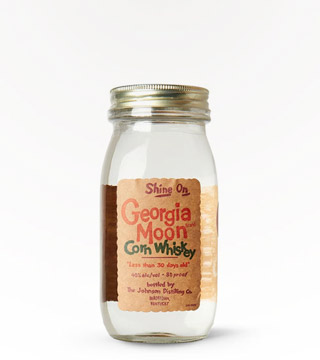 Georgia Moon Corn Whiskey
Georgia Moon Corn Whiskey Duke Kentucky Straight Bourbon
Duke Kentucky Straight Bourbon






 Glenlivet 18 Year Single Malt Scotch
Glenlivet 18 Year Single Malt Scotch Oban 14 Single Malt, 14 Year
Oban 14 Single Malt, 14 Year Macallan 17 Yr Fine Oak Single Malt Scotch
Macallan 17 Yr Fine Oak Single Malt Scotch Singleton Glendullan 12 Year Single Malt Scotch
Singleton Glendullan 12 Year Single Malt Scotch Macallan Double Cask 12 Year Single Malt Scotch
Macallan Double Cask 12 Year Single Malt Scotch Glenkinchie Scotch 12 Year Single Malt Scotch
Glenkinchie Scotch 12 Year Single Malt Scotch Auchentoshan 21 Year Single Malt Scotch
Auchentoshan 21 Year Single Malt Scotch Ballantine’s 17 Year Single Malt Scotch
Ballantine’s 17 Year Single Malt Scotch Glenfarclas Scotch 10 Year Single Malt Scotch
Glenfarclas Scotch 10 Year Single Malt Scotch Aberfeldy 12 Year Single Malt Scotch
Aberfeldy 12 Year Single Malt Scotch Aberlour 18 Year Single Malt Scotch
Aberlour 18 Year Single Malt Scotch Highland Park 18 Single Malt 18 Year
Highland Park 18 Single Malt 18 Year Glenmorangie Single Malt Scotch
Glenmorangie Single Malt Scotch Dewars Signature Blended Scotch
Dewars Signature Blended Scotch Dewar’s 15 Year Blended Scotch
Dewar’s 15 Year Blended Scotch Johnnie Walker Rye Cask Finish Blended Scotch Whiskey
Johnnie Walker Rye Cask Finish Blended Scotch Whiskey Buchanan’s Master Blended Scotch
Buchanan’s Master Blended Scotch Compass Box Peat Monster Blended Malt Scotch
Compass Box Peat Monster Blended Malt Scotch Johnnie Walker Swing Blended Scotch Whiskey
Johnnie Walker Swing Blended Scotch Whiskey Bank Note 5 Year Blended Scotch
Bank Note 5 Year Blended Scotch Great Kind Street Artists Blended Scotch
Great Kind Street Artists Blended Scotch Black Bottle Blended Scotch
Black Bottle Blended Scotch Cragganmore Distillers Edition Single Malt Scotch
Cragganmore Distillers Edition Single Malt Scotch Glengoyne Single Malt 21 Year Single Malt Scotch
Glengoyne Single Malt 21 Year Single Malt Scotch Aberfeldy 21 Year Single Malt Scotch
Aberfeldy 21 Year Single Malt Scotch